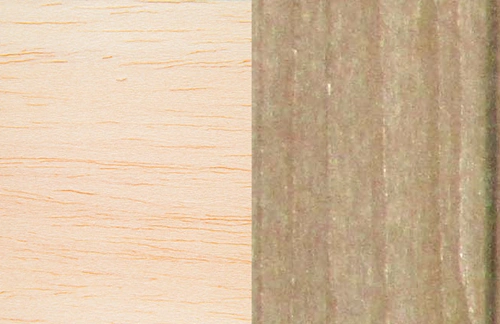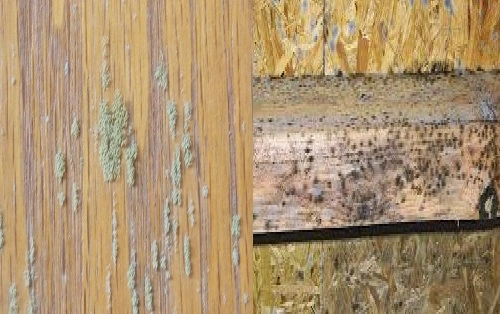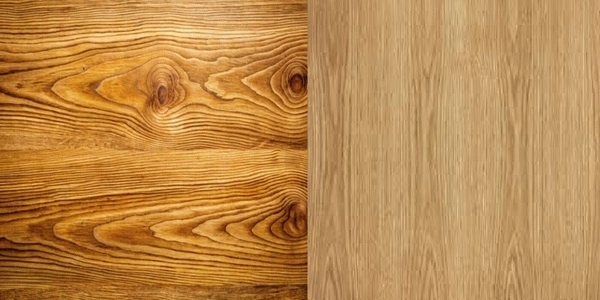When it comes to lightweight, versatile woods used in crafting, modeling, and fine woodworking, balsa wood and basswood are two standout options. Both are softwoods prized for their workability and unique characteristics, but they are distinctly different in terms of density, strength, cost, and ideal applications.
This article provides an in-depth comparison of balsa wood and basswood, exploring their properties, advantages, and best uses, helping you choose the right wood for your next project.
What is Balsa Wood?
Balsa wood is a lightweight hardwood that comes from the balsa tree, native to Central and South America. Despite being classified as a hardwood, it is one of the softest and lightest woods available.
Key Characteristics of Balsa Wood:
1. Density: Extremely lightweight, with a density ranging from 6 to 12 pounds per cubic foot.
2. Workability: Easy to cut, shape, and sand, making it ideal for intricate or delicate projects.
3. Strength-to-Weight Ratio: Remarkably strong for its weight, but not as durable as denser woods.
4. Appearance: Pale tan to off-white in color, with a straight grain and smooth texture.
What is Basswood?
Basswood is a soft hardwood harvested from the American linden tree (Tilia americana). It is commonly found in North America and is known for its consistent grain and smooth finish.
Key Characteristics of Basswood:
1. Density: Lightweight but denser than balsa, with a density of about 20 to 37 pounds per cubic foot.
2. Workability: Easy to carve and machine, making it a favorite for woodworking and craft projects.
3. Strength: More durable and resilient than balsa wood, with moderate resistance to splitting.
4. Appearance: Light cream to pale tan in color, with a fine, uniform grain.
Comparison of Balsa Wood and Basswood
| Feature | Balsa Wood | Basswood |
|---|---|---|
| Density | Extremely lightweight (6–12 lbs/cu ft) | Lightweight but denser (20–37 lbs/cu ft) |
| Strength | Low; prone to dents and breaking | Moderate; less prone to splitting |
| Workability | Very easy to cut and sand; fragile | Easy to carve, sand, and machine |
| Appearance | Pale tan or off-white; straight grain | Creamy white to light tan; smooth grain |
| Durability | Short lifespan; not moisture-resistant | More durable; better for long-term projects |
| Cost | Affordable, especially in small sheets | Slightly more expensive |
| Best Uses | Model building, crafts, lightweight structures | Carving, furniture accents, musical instruments |
Advantages of Balsa Wood
1. Lightweight: Balsa wood is one of the lightest woods available, making it perfect for projects where weight is a critical factor.
2. Easy to Work With: Its softness allows for quick and precise cutting, shaping, and sanding, even with basic tools.
3. Strong for Its Weight: Despite being lightweight, balsa has an impressive strength-to-weight ratio, ideal for lightweight structures.
4. Affordability: Readily available and affordable in smaller dimensions, making it a popular choice for hobbyists.
Drawbacks of Balsa Wood:
1. Low Durability: Prone to dents, scratches, and breakage, making it unsuitable for high-stress or load-bearing projects.
2. Moisture Sensitivity: Easily absorbs moisture, leading to warping or rotting if not properly sealed.
Advantages of Basswood
1. Workability: Basswood is a carver’s favorite due to its fine grain and ability to hold intricate details without splitting.
2. Lightweight but Stronger: While lightweight, basswood is more robust and durable than balsa, making it suitable for more demanding applications.
3. Smooth Finish: Its uniform texture and lack of knots result in a smooth surface ideal for painting, staining, or detailed carving.
4. Versatility: Used in a variety of projects, from fine woodworking and carving to musical instruments and cabinetry.
Drawbacks of Basswood:
1. Higher Cost: Basswood is slightly more expensive than balsa, especially for larger pieces or premium-grade cuts.
2. Moderate Strength: While stronger than balsa, it is still a soft wood and not suitable for heavy-duty applications.
Best Uses for Balsa Wood
1. Model Building:
Balsa’s lightweight nature makes it ideal for architectural models, model airplanes, and miniature structures.
2. Crafts:
Popular for DIY projects, children’s crafts, and decorative items that don’t require long-term durability.
3. Temporary Structures:
Used for prototypes and projects where weight reduction is a priority.
Best Uses for Basswood
1. Carving and Sculpting:
Its soft yet sturdy texture makes it a favorite among woodcarvers for intricate designs.
2. Furniture Accents:
Used for decorative elements like moldings, trims, and inlays in furniture.
3. Musical Instruments:
Basswood is commonly used in electric guitar bodies due to its balanced tonal properties and lightweight nature.
4. Crafts and Décor:
Ideal for painted projects or items requiring a smooth, finished surface.
Cost Comparison
1. Balsa Wood:
Costs range from $3 to $5 per sheet (small dimensions), making it an economical choice for hobbyists and small projects.
2. Basswood:
Slightly more expensive, typically $5 to $8 per board foot, reflecting its higher durability and versatility.
Which Should You Choose?
Your choice between balsa wood and basswood depends on the specific needs of your project:
1. Choose Balsa Wood If:
- You need a lightweight material for models, prototypes, or crafts.
- The project doesn’t require long-term durability or exposure to moisture.
- You’re working on a budget and need a cost-effective option for small-scale projects.
2. Choose Basswood If:
- You’re carving, sculpting, or crafting items that require durability and detail.
- The project involves furniture accents or musical instruments.
- You need a smooth, uniform wood that is versatile and long-lasting.
Conclusion
Both balsa wood and basswood are excellent choices for woodworking and crafting, but their differences make them suitable for distinct applications. Balsa is the go-to option for lightweight, delicate projects like model building, while basswood offers more strength and durability for carving, furniture accents, and long-term use.
By understanding the properties of these two versatile woods, you can select the best material for your needs, ensuring your project is not only functional but also beautiful and durable


